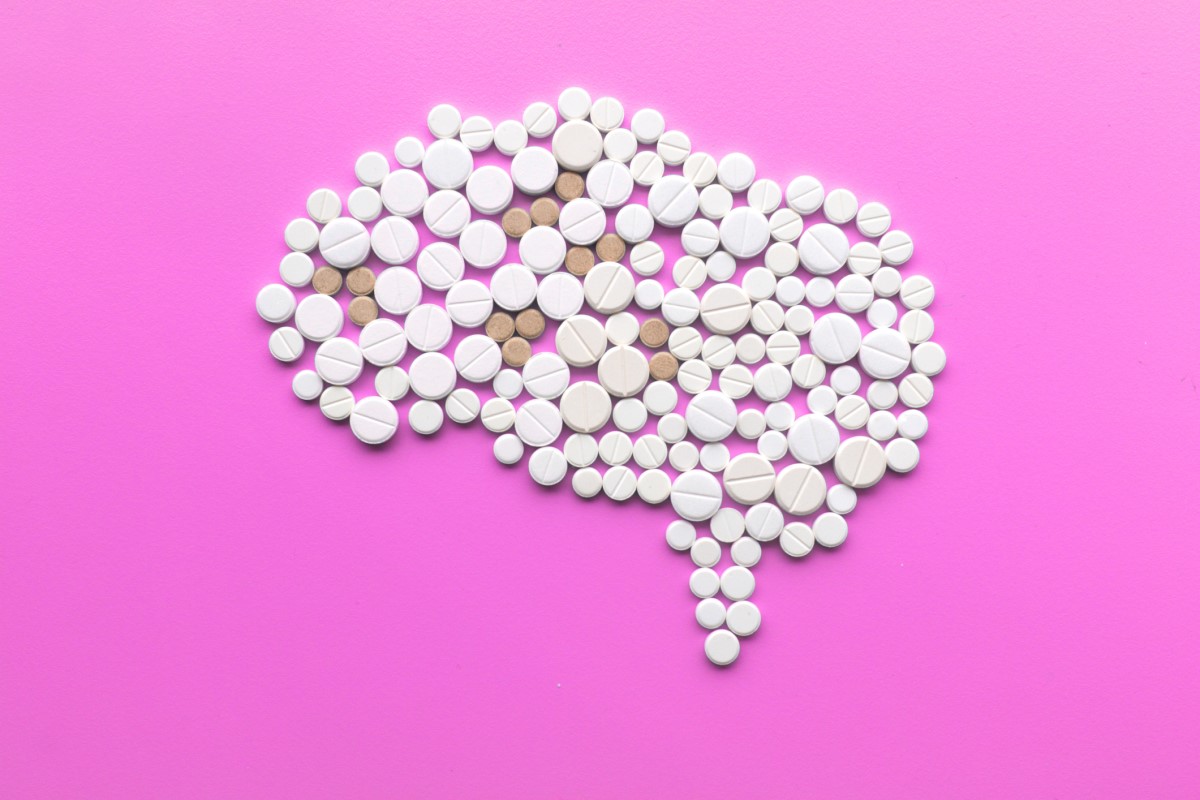How is multiple sclerosis treated? The sooner the better...
Cessation of MS activity and progression means that the patient has no further attacks, has no new foci of demyelination in the CNS depicted on MRI, which is performed at least annually in the patient, has no progression in any clinical neurological area, and his or her functional incapacity score (EDSS) remains unchanged.
Early initiation of treatment means a better prognosis for the course of MS.

Pharmacological treatment is classified into...
1. Causal treatment
The treatment is called Disease Modifying Treatment (DMT). It slows down the progression of the disease by attenuating the activity of pro-inflammatory processes in the body.
2. Symptomatic treatment
It affects accompanying symptoms such as depression, anxiety, urinary disorders, spasticity, neuropathic pain.
Treatment covered by a health insurance company is subject to prior official approval, which is granted by the insurance company on the basis of an application containing all the necessary test results according to a set protocol.
According to the mechanism of action, DMT is divided into 3 groups:
- Immunomodulators;
- antimigratory substances that block the transport (movement) of immune cells;
- immunodepleting drugs.
According to the sequence of indication, it is divided into two lines. The DMT drugs used against MS:
- interferon beta (IFN-β) 1a a 1b,
- glatiramer acetate (GA)
- teriflunomide
Se o tratamento não tiver tido o efeito esperado, surgirem ataques, novas placas ou efeitos secundários, o paciente é mudado para medicamentos de 2ª linha.
This group uses:
- natalizumab,
- fingolimod,
- alemtuzumab,
- ocrelizumab,
- or one the latest registered medicines called cladribine
Since all of the listed active ingredients interfere with the body's immune processes, certain undesirable side effects are to be expected.
The most common ones are:
- decrease in blood cell count (neutropenia, lymphopenia, thrombocytopenia, anemia),
- hepatopathy,
- hair loss,
- thyreopathy,
- Hepatitis,
- epileptic seizures,
- thromboembolism,
- increased production of autoantibodies to the development of autoimmune diseases,
- teratogenicitu,
- higher incidence of infections, nephropathy,
- Progressive multifocal leukoencephalopathy - PML,
- flu-like syndrome,
- local skin lesions during subcutaneous injection therapy,
- macular degeneration of the retina,
- arrhythmia,
- and others
Learn more:
Biologics bring innovative treatments even where conventional treatments have failed
Because of the severity of some of the listed side effects, DMT patients need to be checked regularly in specialized centers.
Regular follow-up includes at least an MRI scan at least once a year or, depending on the progression of new lesions, an immunological examination, a neurological check-up and, depending on the type of medication taken, an eye, skin, cardiological or gynaecological examination, for example.










